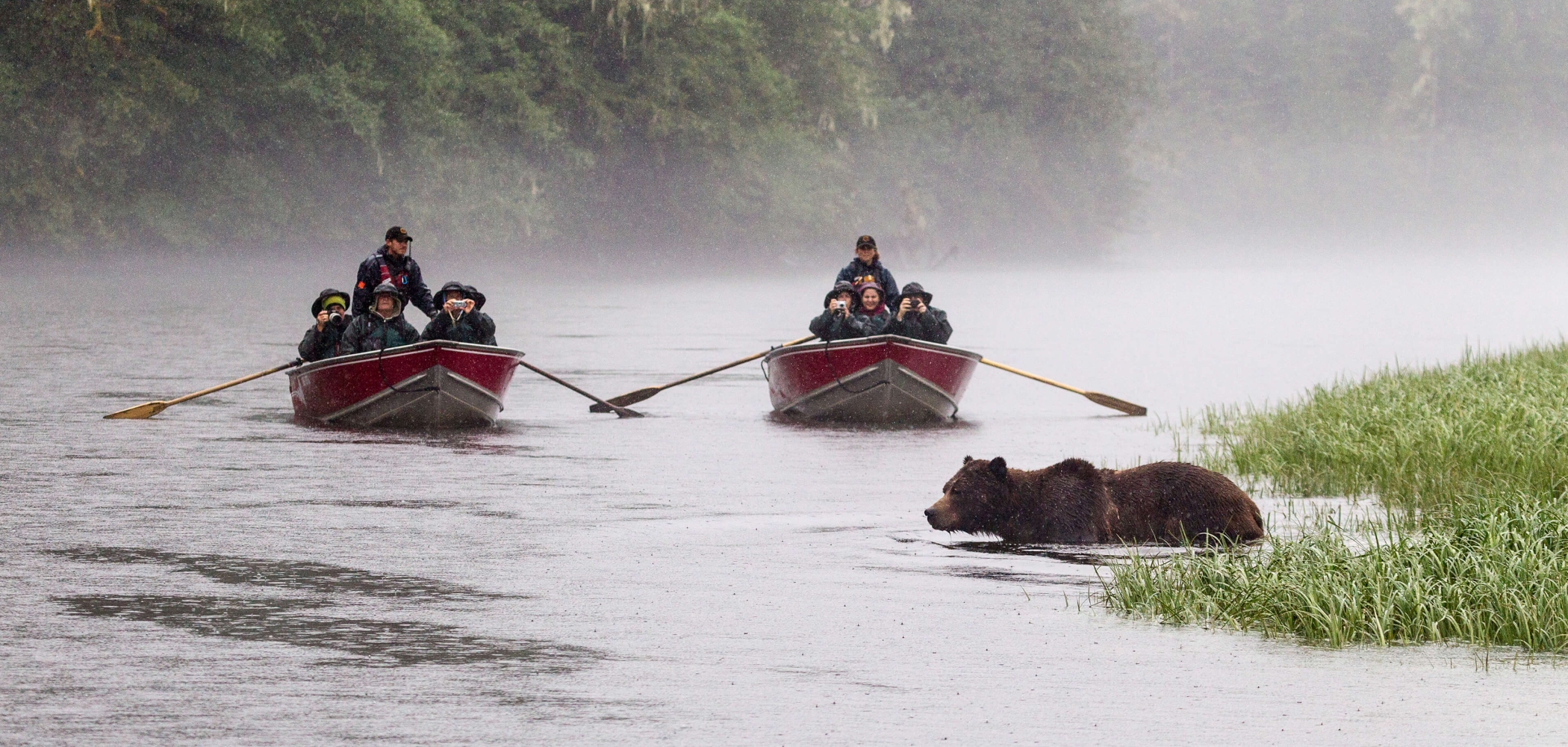Bear Viewing in Whistler, British Columbia
Length -

By land and sea, British Columbia is ecologically diverse.
Beyond grizzly and black bears, British Columbia is also home to bighorn sheep, mountain goats, moose, and caribou. The forests hide grizzly and other bears, including the elusive white Kermode (Spirit) bear. Salmon are a nourishing source for the whole ecosystem, and the annual spawning cycle of rebirth is an natural wonder that plays out across the province. Wild places like the Great Bear Rainforest and the Canadian Rockies are home to a range of species, while remote destinations like the Muskwa Kechika are wilderness areas with thriving animal populations.
It’s possible to spot some of these creatures on your own—eagles swooping over a ferry, for example, or a caribou by the side of the road. But taking a tour with trained guides or naturalists is a fun way to find out more about these amazing creatures while staying safe and ensuring their habitat is respected.
See what's happening now with these recent posts.
Visitors to British Columbia can arrive by air, road, rail, or ferry.
Visit TodayFive-star hotels, quaint B&Bs, rustic campgrounds, and everything in between.
Rest Your Head